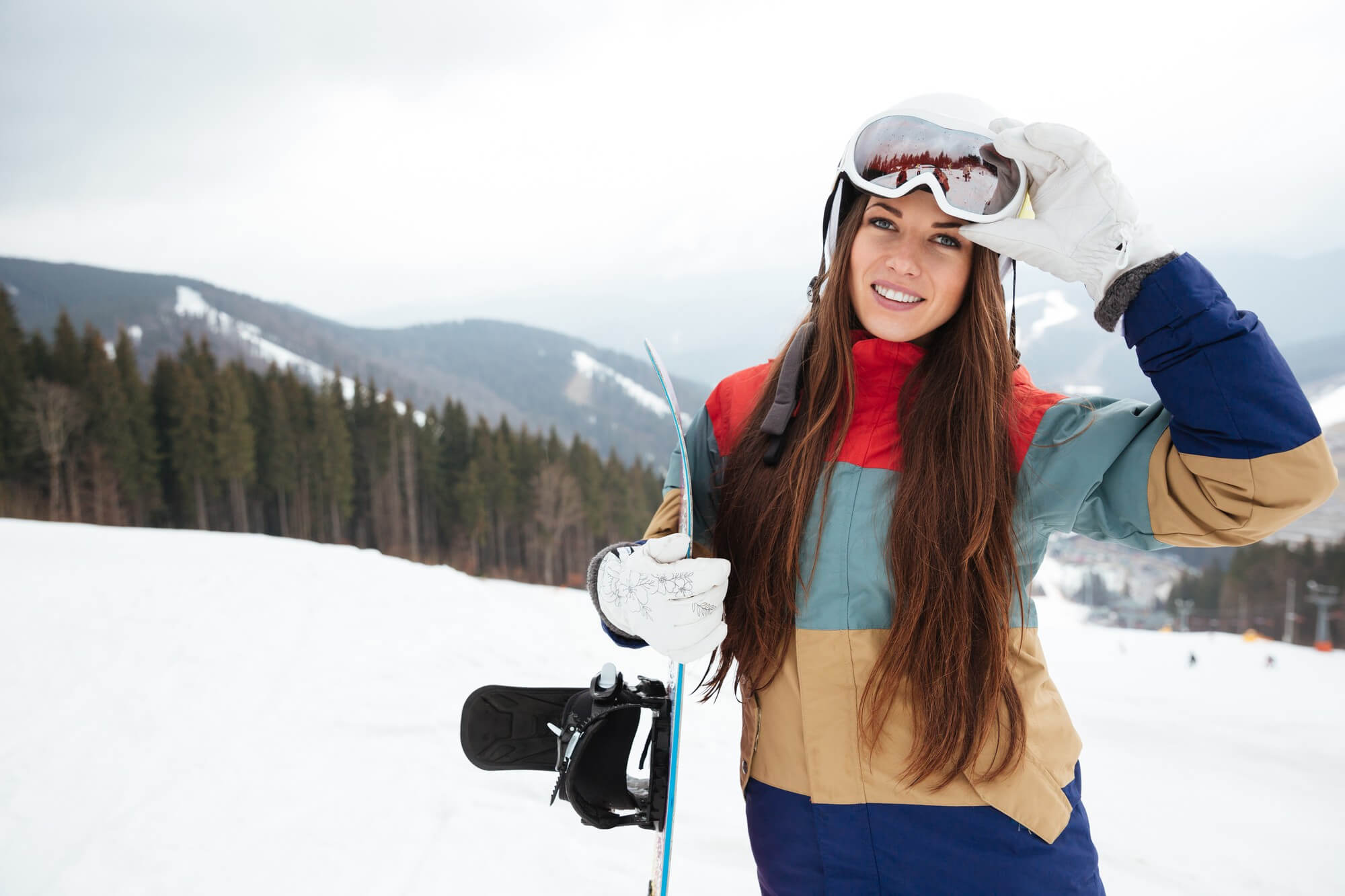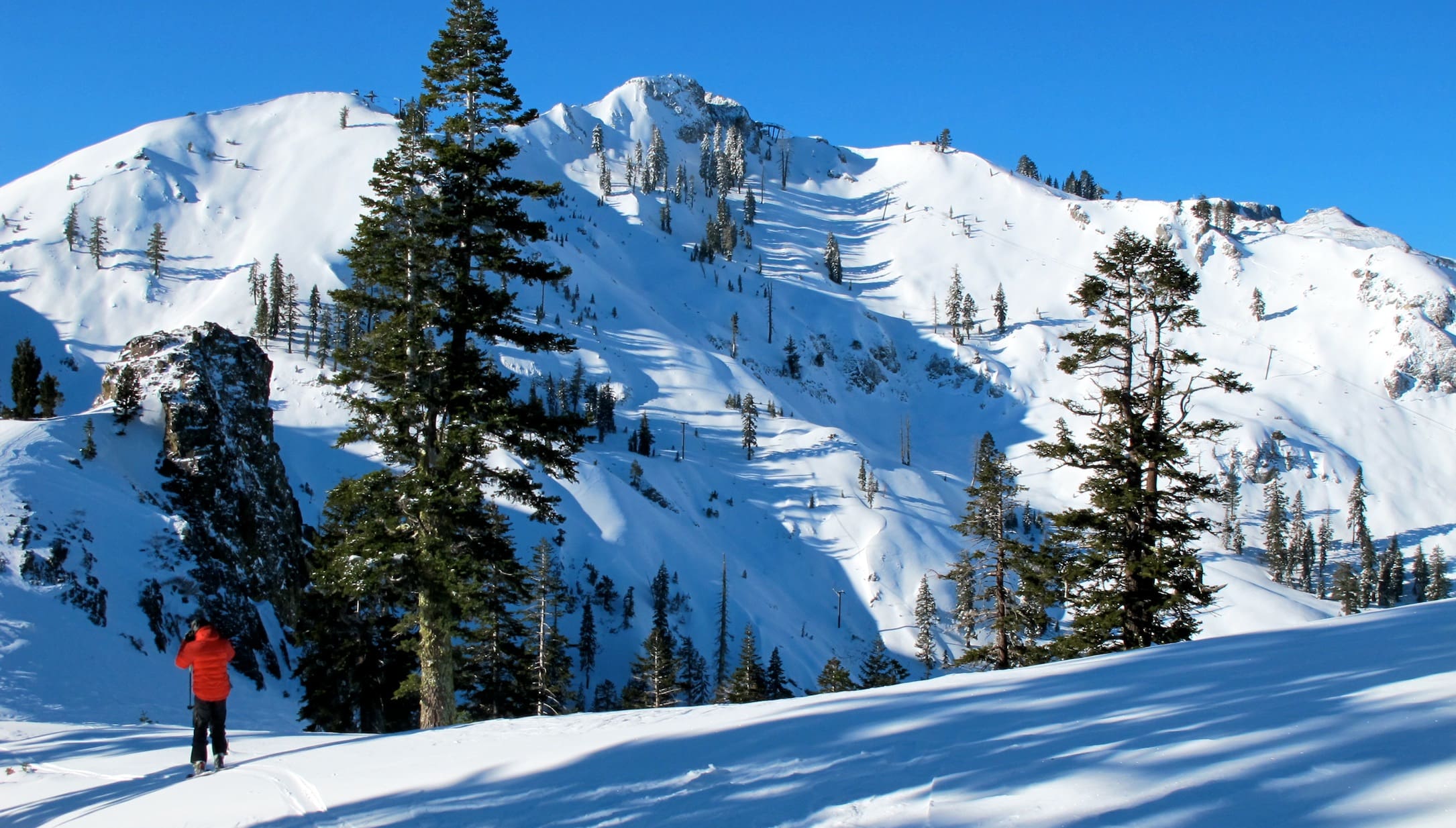How Many People Die Skiing Every Year? The Risks You Need To Know
Have you ever wondered how many people die skiing every year? It's a question that pops up in our minds, especially when we see those thrilling winter sports movies or hear about skiing accidents on the news. Skiing is an exhilarating activity that attracts millions of enthusiasts worldwide, but it does come with certain risks. Understanding these risks is crucial for anyone who loves hitting the slopes. So, let's dive into the stats, facts, and safety tips to help you make informed decisions about skiing.
Every year, countless individuals flock to ski resorts, ready to carve down the mountains with excitement and anticipation. But with great adventure comes a bit of danger. It's important to grasp the reality of skiing-related fatalities and how they compare to other activities. In this article, we'll break it all down for you, so you can enjoy skiing while staying safe.
We'll explore the numbers, analyze the causes, and provide practical advice to minimize the risks. By the time you finish reading, you'll have a clearer picture of how many people die skiing every year and what you can do to protect yourself and your loved ones. So, buckle up and let's get started!
- Khloe Kardashian With Short Hair A Bold Transformation You Wonrsquot Believe
- Gabrielle Union Bikini The Ultimate Guide To Her Iconic Looks And Style
Annual Skiing Fatalities: The Stats
When it comes to skiing, fatalities are relatively rare compared to other high-risk activities. However, they do happen, and understanding the statistics is the first step toward staying safe. According to recent data, about 40 to 50 people die skiing every year in the United States alone. Globally, the numbers vary depending on the country and the popularity of skiing as a sport.
For instance, in countries like France and Austria, where skiing is a major attraction, the numbers might be slightly higher due to the sheer volume of participants. It's essential to note that these figures fluctuate annually based on various factors, such as weather conditions, terrain difficulty, and individual skill levels.
Breaking Down the Numbers
- United States: Approximately 40-50 deaths per year
- France: Around 30-40 deaths annually
- Austria: Roughly 20-30 fatalities each year
- Canada: An estimated 10-20 deaths annually
These numbers might seem alarming at first glance, but when you consider the millions of people who ski each year, the risk of fatality is relatively low. For example, in the U.S., about 50 million skiing visits occur annually, making the fatality rate less than 0.0001%.
- Pottery Barn Clearance Your Ultimate Guide To Scoring Amazing Deals
- South Carolina Alligator Attack What You Need To Know
Causes of Skiing Fatalities
Now that we've established the stats, let's delve into the causes of skiing-related deaths. Understanding these factors can help you take the necessary precautions to avoid accidents. The primary causes of skiing fatalities include:
Collisions and Falls
Collisions with objects or other skiers account for a significant portion of skiing fatalities. Trees, rocks, and lift poles are common hazards on the slopes. Additionally, falls from great heights can result in severe injuries or death, especially on steep or advanced terrain.
To reduce the risk of collisions and falls, always stay aware of your surroundings and adhere to the skier's code of conduct. Keep a safe distance from others, and never exceed your skill level.
Avalanches
Avalanches are another major cause of skiing fatalities, particularly in backcountry areas. These powerful snowslides can bury skiers under tons of snow, making survival nearly impossible without immediate rescue.
If you plan to ski in avalanche-prone areas, always carry essential safety gear, such as a beacon, shovel, and probe. It's also wise to take an avalanche safety course to learn how to assess risks and respond in emergencies.
Global Perspective on Skiing Fatalities
While skiing fatalities occur worldwide, the numbers vary significantly across different regions. Countries with well-established ski resorts and strict safety regulations tend to have lower fatality rates. Conversely, areas with less oversight and less experienced skiers may experience higher numbers.
Regional Differences
- Europe: Countries like Switzerland, Italy, and Germany have relatively low fatality rates due to advanced safety measures and well-maintained slopes.
- Asia: In countries like Japan and South Korea, skiing is gaining popularity, but the fatality rates may be higher due to less stringent safety protocols.
- Australia: With fewer ski resorts, the number of skiing fatalities is relatively low, but accidents still happen, especially in remote areas.
These regional differences highlight the importance of understanding local safety practices and regulations when skiing abroad.
Who Is Most at Risk?
Not all skiers face the same level of risk. Certain demographics and behaviors increase the likelihood of accidents and fatalities. Let's explore who is most at risk and why.
Demographic Factors
- Age: Younger skiers, particularly teenagers and young adults, tend to take more risks, leading to higher accident rates.
- Gender: Studies show that men are more likely to die skiing than women, possibly due to riskier behavior and higher participation rates.
- Experience Level: Beginners and inexperienced skiers are more prone to accidents due to lack of skill and awareness.
By identifying these risk factors, you can tailor your approach to skiing and prioritize safety accordingly.
Safety Tips to Stay Alive
Now that we've covered the risks, let's talk about how to stay safe while skiing. Here are some practical tips to keep you out of harm's way:
Essential Gear
- Wear a helmet at all times
- Carry avalanche safety equipment if skiing in backcountry areas
- Ensure your gear is well-maintained and appropriate for the terrain
Behavioral Practices
- Stay within marked boundaries and avoid off-piste areas unless experienced
- Respect speed limits and maintain control at all times
- Be aware of weather conditions and adjust your plans accordingly
By following these safety tips, you can significantly reduce your risk of accidents and enjoy a safer skiing experience.
How to Respond in an Emergency
Even with the best precautions, accidents can still happen. Knowing how to respond in an emergency can make all the difference. Here's what you should do if you witness or experience a skiing accident:
Immediate Actions
- Call for help using your phone or a resort's emergency hotline
- Assess the situation and provide first aid if trained to do so
- Stay calm and follow instructions from rescue personnel
Being prepared for emergencies can save lives and minimize the impact of accidents.
Comparing Skiing Risks to Other Activities
It's important to put skiing risks into perspective by comparing them to other popular activities. While skiing does involve some danger, it's not nearly as risky as you might think. For example:
Activities with Higher Fatality Rates
- Cycling: More than 800 deaths annually in the U.S.
- Motorcycling: Over 5,000 fatalities each year in the U.S.
- Swimming: Approximately 3,500 drowning deaths annually in the U.S.
When viewed in this context, skiing appears to be a relatively safe activity compared to many others.
The Future of Skiing Safety
As technology advances, so do the measures to enhance skiing safety. Innovations in gear, terrain management, and emergency response are making skiing safer than ever before. Here's a glimpse into the future:
Technological Advancements
- Smart helmets with built-in sensors and communication systems
- Advanced avalanche airbags for backcountry skiers
- Improved rescue drones for faster emergency response
These advancements offer hope for even safer skiing experiences in the years to come.
Conclusion: Stay Safe, Stay Alive
In conclusion, understanding how many people die skiing every year is crucial for anyone who loves this thrilling sport. While fatalities do occur, the risks are relatively low compared to other activities. By staying informed, following safety guidelines, and using the right gear, you can minimize the chances of accidents and enjoy skiing to the fullest.
We encourage you to share this article with fellow skiers and leave a comment below with your thoughts on skiing safety. Together, we can create a safer skiing community for everyone. So, grab your gear, hit the slopes, and stay safe out there!
Table of Contents
- Annual Skiing Fatalities: The Stats
- Breaking Down the Numbers
- Causes of Skiing Fatalities
- Collisions and Falls
- Avalanches
- Global Perspective on Skiing Fatalities
- Regional Differences
- Who Is Most at Risk?
- Demographic Factors
- Safety Tips to Stay Alive
- Essential Gear



Detail Author:
- Name : Eden Wiza
- Username : moore.arlo
- Email : tre85@gmail.com
- Birthdate : 1975-12-20
- Address : 96306 Roselyn Field Suite 947 Joelshire, AK 10876
- Phone : 1-602-337-9904
- Company : Nikolaus PLC
- Job : Interpreter OR Translator
- Bio : Inventore porro cum repellendus facilis rem est. Dignissimos non et sit iure voluptatem. Quia accusamus non ad qui vel. Veritatis nostrum aut non fugiat possimus est reiciendis.
Socials
twitter:
- url : https://twitter.com/boehm2010
- username : boehm2010
- bio : Aut porro illo repellendus dolore magnam dolorem. Molestias a temporibus placeat nisi autem explicabo officia. Quia ipsum molestias in totam nostrum alias.
- followers : 3000
- following : 2747
linkedin:
- url : https://linkedin.com/in/gboehm
- username : gboehm
- bio : Cum et alias numquam ipsam nulla.
- followers : 2542
- following : 1988
instagram:
- url : https://instagram.com/boehmg
- username : boehmg
- bio : Numquam non labore dolorum accusamus. Quo quia omnis consequuntur. Qui quia explicabo et.
- followers : 5000
- following : 2376
facebook:
- url : https://facebook.com/gino_dev
- username : gino_dev
- bio : Consectetur adipisci reprehenderit molestiae sed quia aut. Ut facere hic non.
- followers : 2778
- following : 1672
tiktok:
- url : https://tiktok.com/@ginoboehm
- username : ginoboehm
- bio : Et harum perferendis perspiciatis facere.
- followers : 2043
- following : 2801